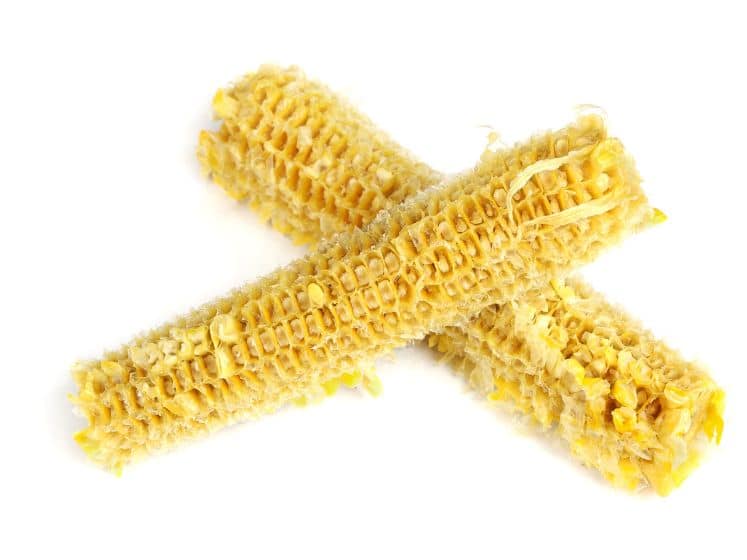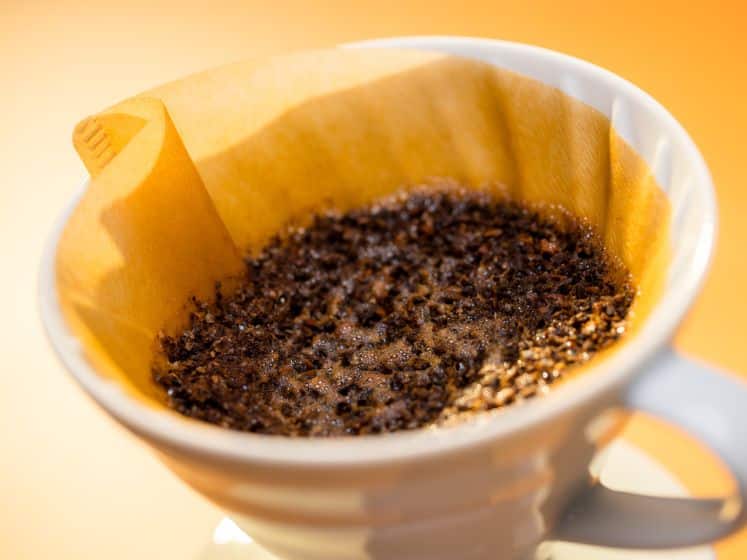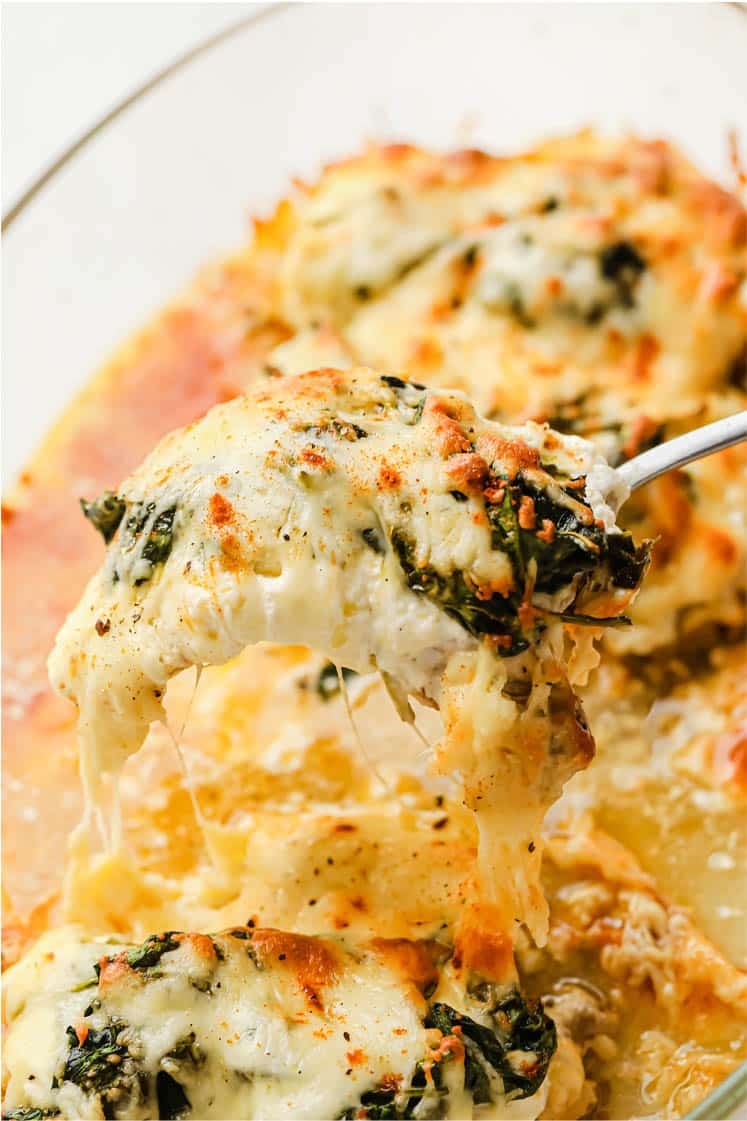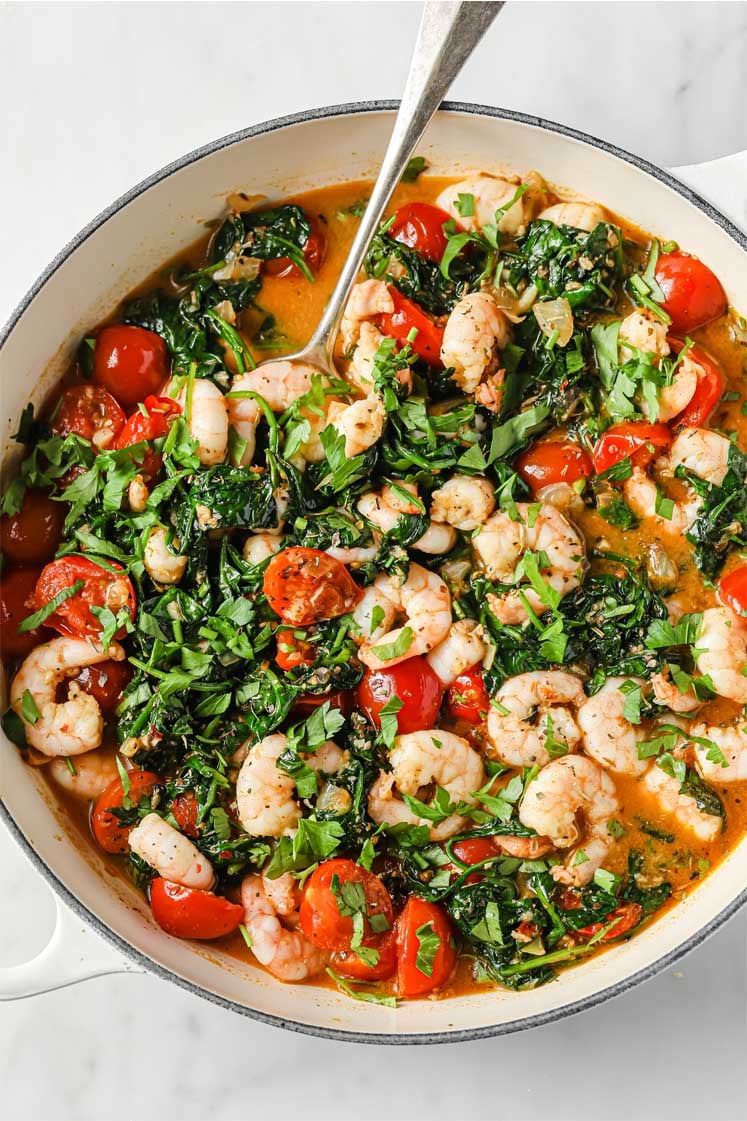Kitchen scraps might not look like much, but tossing them out is like throwing money in the trash. Think about it: you buy groceries, use what you think you need, and the leftovers? Well, they usually end up in the trash. It’s time to change the game and get a bit more out of what you already have in your fridge and pantry. This collection dives into how you can make the most of what you usually throw away, adding extra flavor and nutrition to your meals. It’s all about being smart in the kitchen and getting the most out of your ingredients. So, before you chuck them, check out these 15 smart ways to make the most of your kitchen leftovers.

Corn Cobs

After enjoying the sweet kernels, don’t discard the corn cobs. They can be used to make a rich corn stock, perfect for enhancing soups and chowders. Simply simmer the cobs in water with some aromatics for about an hour. Corn cobs can also be used to infuse milk or cream, adding a unique flavor to desserts like ice cream or custards.
Used Coffee Grounds

Used coffee grounds have a variety of uses beyond your morning brew. They can be sprinkled around plants as a natural fertilizer, providing essential nutrients. Coffee grounds also act as a deodorizer; place a bowl in your fridge to absorb odors. Additionally, they make an excellent exfoliant in homemade body scrubs.
Eggshells

Crushed eggshells are a fantastic resource for gardeners. They can be added to compost to enrich the soil with calcium. Spread around plants, they act as a natural pest deterrent, keeping slugs and snails at bay. You can also use them in homemade cleaning products or as a calcium supplement in pet food. These practices make sure that every part of the egg is used.
Parmesan Rinds

Don’t throw away those Parmesan rinds! They can be added to soups, stews, or sauces to impart a deep, savory flavor. Simply drop a rind into the pot while cooking and remove it before serving. The rind will soften and release its rich taste into the dish, enriching its complexity. This is a fantastic way to add depth and umami to your meals while ensuring that no part of your cheese goes to waste. You can even freeze rinds until you’re ready to use them, further maximizing their utility.
Carrot Tops

Carrot tops are often thrown away, but they are entirely edible and nutritious. You can use them to make a flavorful pesto by blending them with garlic, nuts, olive oil, and Parmesan cheese. They can also be chopped and added to salads, soups, or stir-fries for a fresh, herbal note. Additionally, carrot tops can be brewed into a herbal tea or used as a garnish. By using carrot tops, you reduce waste and add a unique flavor and nutritional boost to your meals, making the most of your produce.
Bread Ends and Crumbs

Stale bread is far from useless. Dry it out completely, then pulse it in a food processor to make bread crumbs. These can be stored in an airtight container and used for breading or as a topping for casseroles. Alternatively, cut the bread into cubes, toss with olive oil and seasoning, and bake until crispy to create homemade croutons. Both methods extend the life of your bread and add texture to your dishes.
Potato Peels

Potato peels can be transformed into a delicious snack. Toss them with olive oil, salt, and your favorite seasonings then spread them out on a baking sheet. Bake at 400 degrees F until crispy, usually about 15-20 minutes. These potato skin chips are a crunchy, flavorful treat that makes excellent use of what would otherwise be discarded. They’re perfect as a snack or a garnish for soups and salads.
Watermelon Rinds

Watermelon rinds can be repurposed in several delicious ways. You can pickle them for a sweet and tangy treat, perfect for snacking or as a condiment. Blend them into smoothies for added texture and nutrients, or cook them down with sugar and spices to make a unique jam. Watermelon rinds can also be stir-fried, adding a crunchy element to your dish.
Broccoli Stems

Broccoli stems are often overlooked but are just as nutritious as the florets. Peel the tough outer layer and slice the stems thinly for use in stir-fries, salads, or as a crunchy addition to slaws. You can also blend them into soups or sauces for added texture and nutrients, spiralize them into noodles as a low-carb alternative, or roast them for a delicious side dish.
Citrus Peels

Citrus peels have multiple uses. For a natural cleaning solution, infuse them in white vinegar for a few weeks. The result is a fragrant, effective cleaner. Alternatively, candy the peels by boiling them in sugar syrup and then drying and coating them in sugar. Dried citrus peels can be ground into zest for baking or added to teas for a citrusy kick. These methods make sure you’re getting the most out of every part of your fruit.
Onion and Garlic Skins

Onion and garlic skins are often overlooked but can be valuable additions to your kitchen. Save them and add them to stocks for an enhanced flavor profile and additional nutrients. The skins can also be used to dye fabrics naturally, offering a sustainable way to add color to your textiles. By incorporating these often-discarded parts into your cooking and other projects, you make the most out of your ingredients and reduce waste. They can even be composted to enrich your garden soil, completing the cycle.
Banana Peels

Banana peels are often discarded, but they have several useful applications. They can be used to polish shoes and silverware due to their natural oils, giving a natural shine. In the garden, banana peels can be buried near plants to enrich the soil with potassium, magnesium, and other nutrients. You can also blend them into smoothies for added fiber or use them in compost to accelerate decomposition.
Vegetable Scraps

Save vegetable peels, ends, and scraps in a freezer bag. Once you have a good amount, place them in a large pot and cover with water. Bring to a boil, then reduce to a simmer for about an hour. Strain out the solids, and you’ll have a flavorful vegetable stock that’s perfect for soups, stews, and sauces. You can freeze the stock in ice cube trays for easy portioning. This not only reduces waste but also enhances your dishes with rich, homemade flavors.
Herb Stems

Herb stems are often discarded, but they pack a lot of flavor. Add them to simmering soups, stews, or stocks for an extra layer of taste. For a more creative use, blend them into sauces like pesto or chimichurri. The stems can also be dried and ground into herb powders. These practices not only reduce waste but also ensure you use every part of your fresh herbs, maximizing their potential in your cooking.
Apple Scraps

Apple cores and peels can be repurposed in several ways. One option is to use them to make homemade apple cider vinegar. Place the scraps in a jar with water and a bit of sugar, cover with a cloth, and let ferment for a few weeks. Alternatively, blend them into smoothies for added fiber and nutrients. You can also use them to create natural pectin for jams.
























Leave a Reply